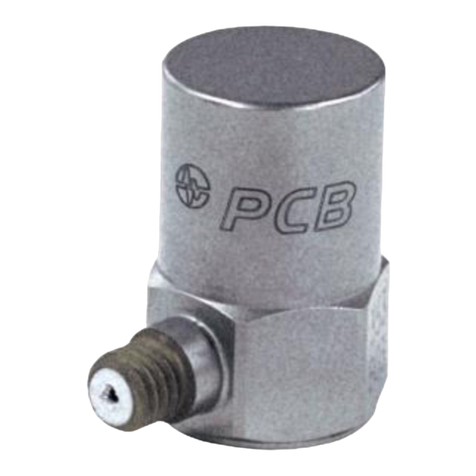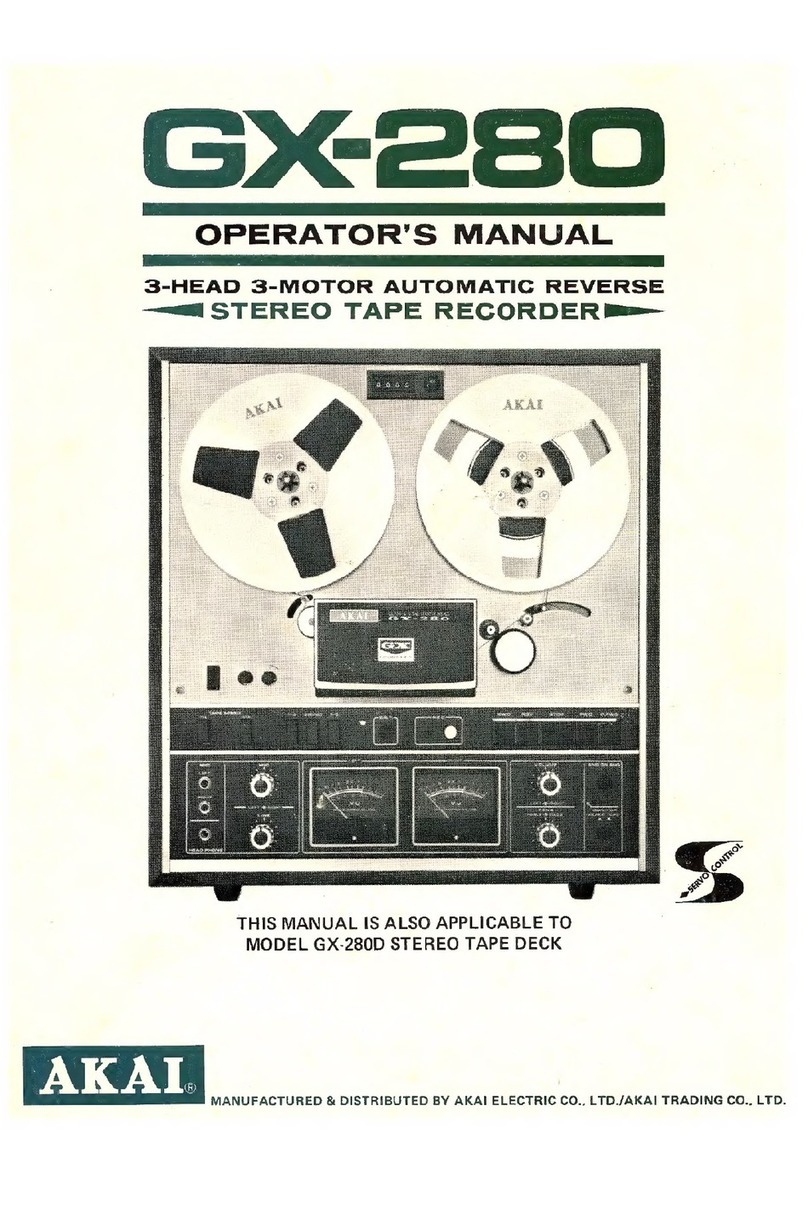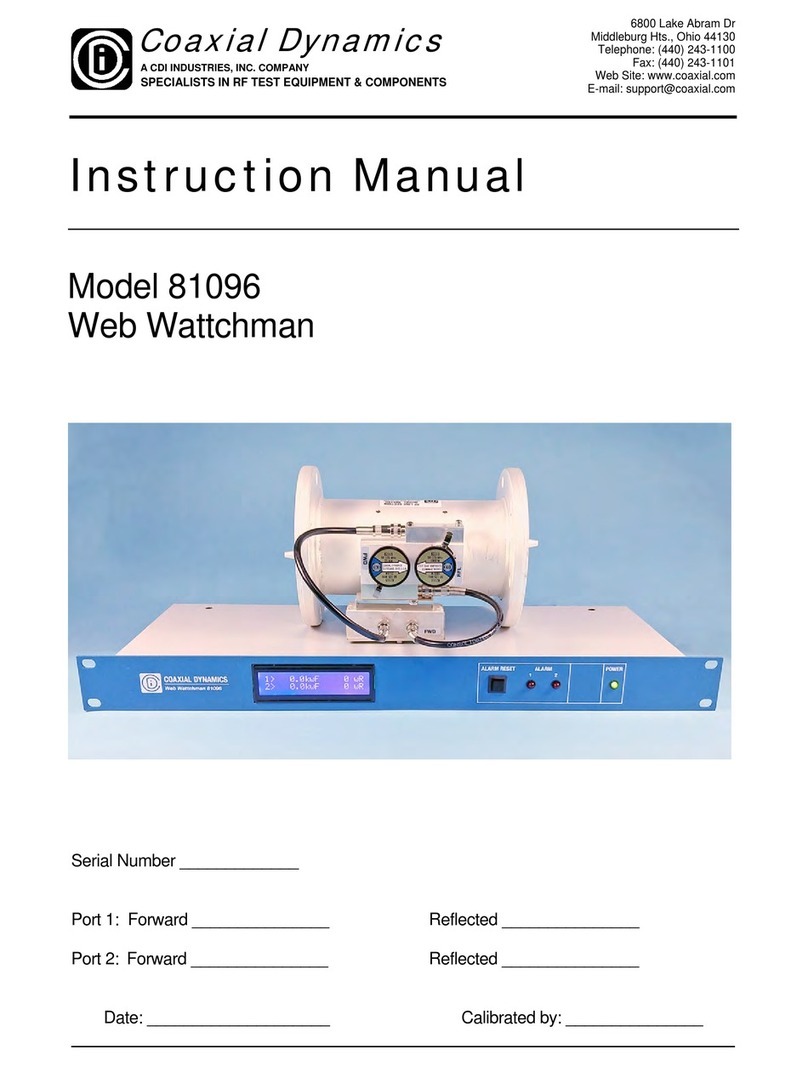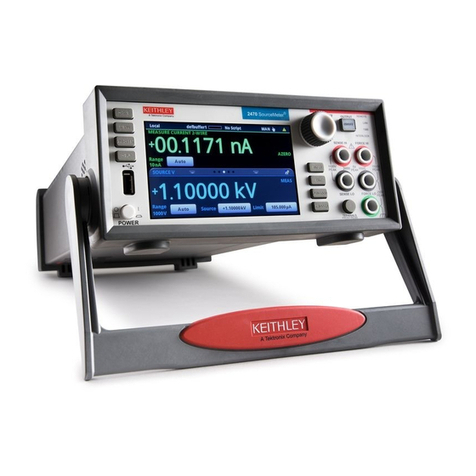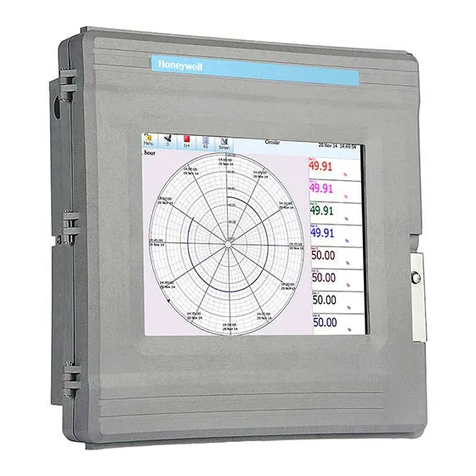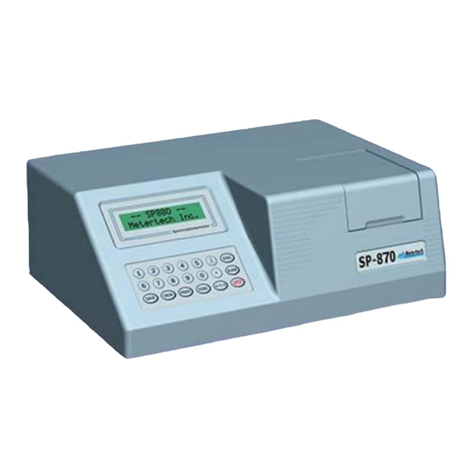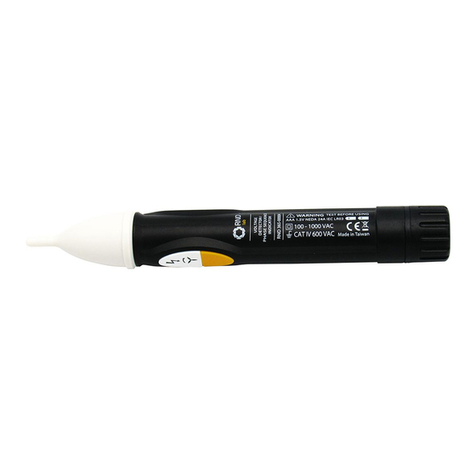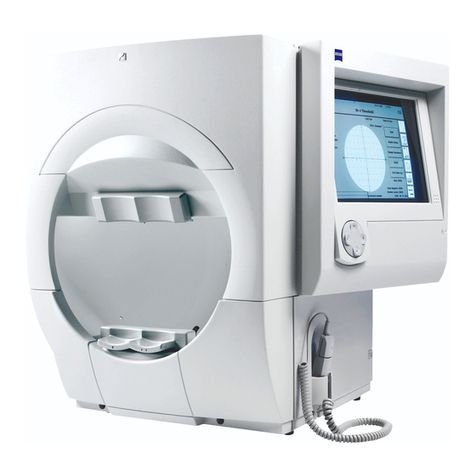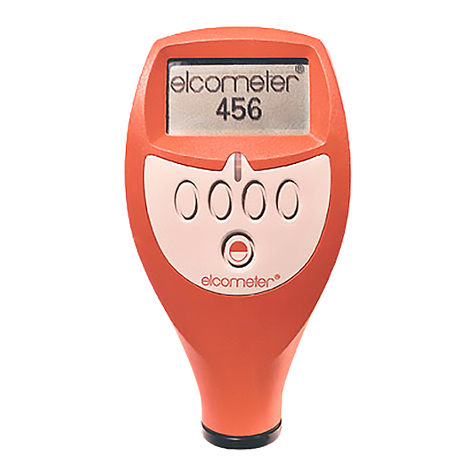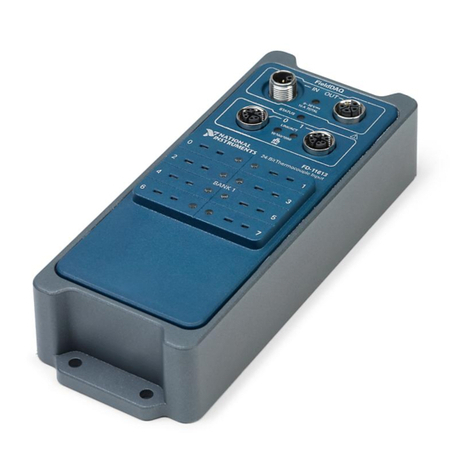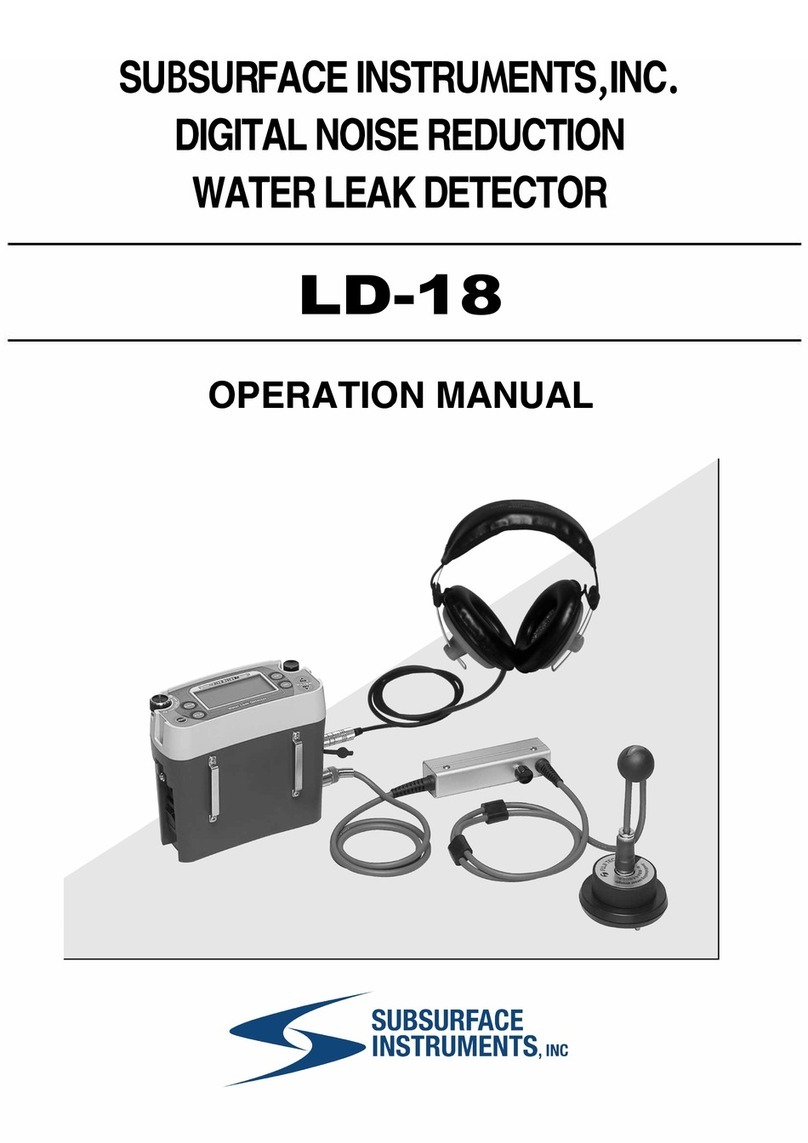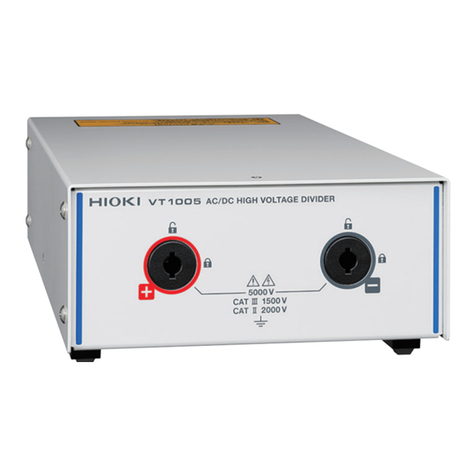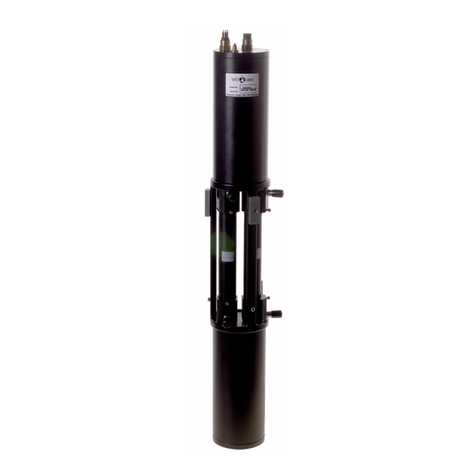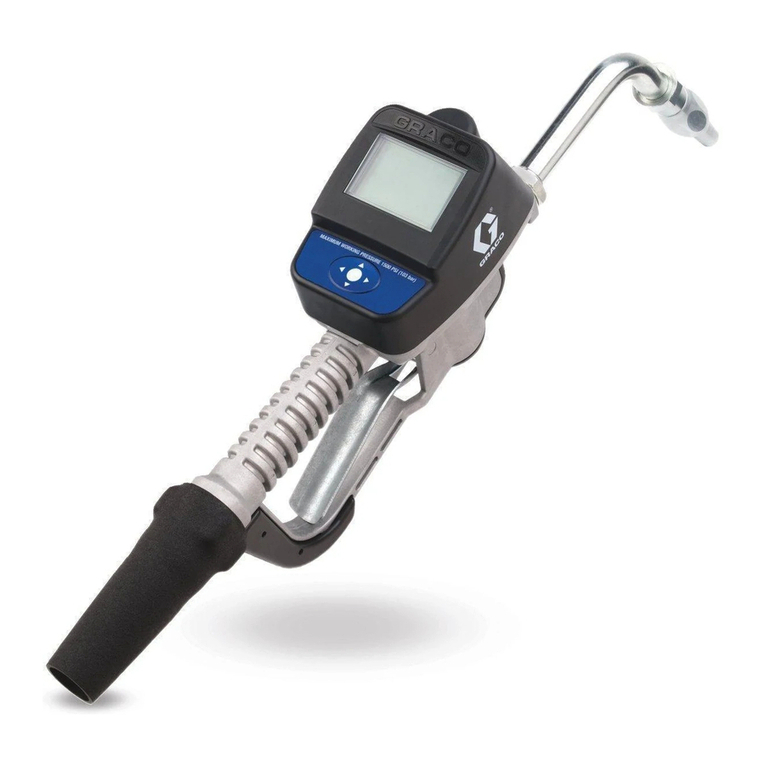
1. Introduction
Once you have soldered the headers your
board is ready to be placed into desired
mikroBUS™ socket. Make sure to align the
cut in the lower-right part of the board
with the markings on the silkscreen at the
mikroBUS™ socket. If all of the pins are
aligned correctly, push the board all
the way into the socket.
3. Plugging the board in
2 3
2. Soldering the headers
1
4. Essential features
Turn the board upward again. Make sure
to align the headers so that they are
perpendicular to the board, then solder the
pins carefully.
Turn the board upside down so that
bottom side is facing you upwards. Place
shorter parts of the header pins in both
soldering pad locations.
Before using your click board™, make sure
to solder 1x8 male headers to both left
and right side of the board. Two 1x8 male
headers are included with the board in
the package.
click
BOARD
www.mikroe.com
GSM click Manual
ver. 1.01
0 100000 022238
GSM Click™is an add-on board in mikroBUS™
form factor. It’s a compact and easy solution
for addingGSM/GPRSmobile phones standard
to your design. It features GL865-QUAD GSM/
GPRS module, TXB0106 6-bit bidirectional
voltage-level translator as well as SIM CARD
socket. GSM Click™communicates with target
board microcontroller via seven mikroBUS™
lines (RX, TX, INT, PWM, CS, RST and AN). The
board is designed to use 3.3V and 5V power
supply. LED diode indicates the presence of
power supply.
GSM click
GSM Click™ with it’s Telit GL865-QUAD IC is
ideal for mobile devices. It features GSM/GPRS
protocol stack 3GPP (release 4 compliant)
and supports GSM/GPRS 850/900/1800/
1900 MHz Quad-band frequency. Additional
features such as integrated TCP/IP protocol
stack (including UDP, SMTP, ICMP and FTP),
serial multiplexer, remote AT commands and
many more, extend the functionality of the
board.
